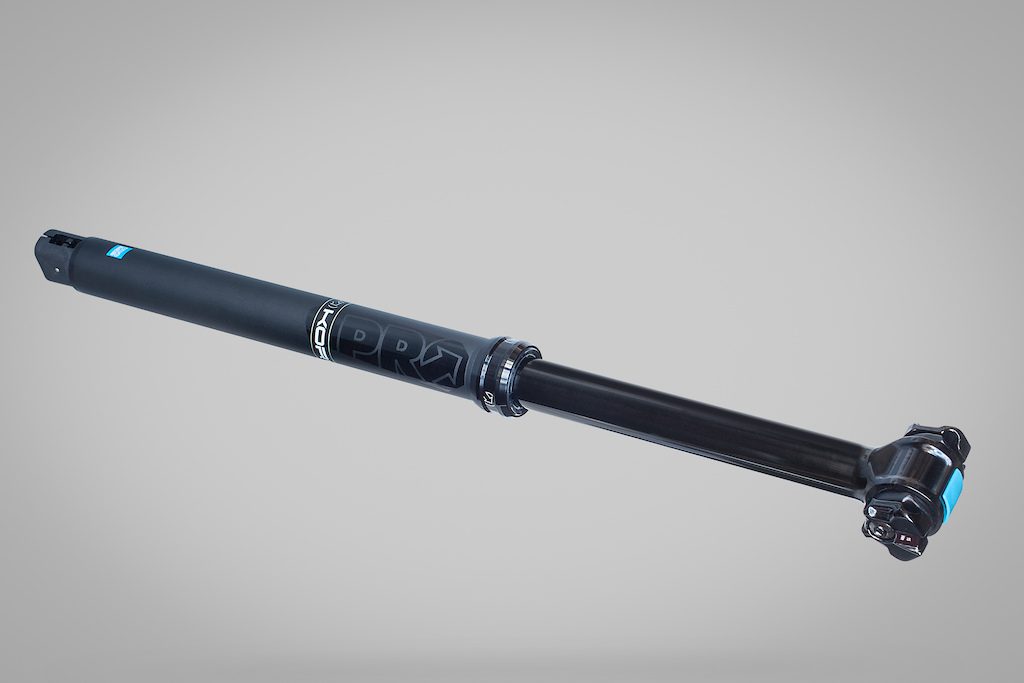TL;DR:
- Shimano’s patent outlines AI-powered automatic suspension control and dropper seat post technology.
- The system utilizes a data-rich sensor network to adapt suspension settings in real-time.
- Rider feedback is incorporated through a supervised learning approach, optimizing performance.
- The patent hints at a potential evolution of the dropper seat post with an adjustable saddle position.
- Shimano’s intentions behind this innovation remain undisclosed.
Main AI News:
In the fast-paced world of mountain biking, innovation is the key to staying ahead of the game. Shimano, a prominent player in the industry, is making waves with its groundbreaking patent application, US Patent 11866114 B2, which outlines the use of machine learning to revolutionize automatic suspension control and dropper seat post technology.
While automatic suspension control systems have been around for some time, they have traditionally lacked adaptability. Fox Live Valve, RockShox Flight Attendant, and SR Suntour’s TACT suspension products have offered automated suspension adjustments, but these systems operate on fixed programming without the ability to learn from rider feedback. Shimano’s approach, however, takes a giant leap forward by introducing a trainable machine learning program.
At its core, Shimano’s system relies on a comprehensive data acquisition system equipped with an array of sensors that monitor various parameters related to the rider’s experience. These sensors measure speed, cadence, torque, accelerations, tire pressure, brake usage, as well as the bike’s yaw, roll, and pitch. Additionally, accelerometers on the suspension provide crucial data on how the suspension responds to forces from the wheel. All this data is further supplemented by a front-facing camera.
This wealth of information is then processed by a control unit, connected to electric motors and solenoid valves. These components have the capability to make real-time adjustments to critical aspects of the bike, including spring rate, damper position, stroke length, lock-out, seat post height, and saddle position.
The true innovation lies in the system’s ability to learn and adapt as it collects more data, akin to the principles of AI and machine learning. Importantly, it can even incorporate direct feedback from the rider. For instance, Fig.11 in the patent reveals a screen where the rider can provide feedback on recent suspension and seatpost height adjustments. This feedback, in the form of a simple “Like” or “Dislike,” informs the system’s learning module. This supervised learning approach allows the system to tailor its responses to match the rider’s preferences, delivering an optimized riding experience.
The patent itself emphasizes that this invention enables “automatic control of the telescopic mechanism appropriate for the riding characteristics and the preference of the user being the rider of the human-powered vehicle.”
Furthermore, Fig.15 reveals the system’s capability to recognize and learn from different hypothetical courses, such as the “Olympic Course” and “ABC Downhill.” This suggests that Shimano’s aim might be to create a highly specialized automatic suspension control system that is fine-tuned for specific tracks and individual rider preferences.
Consider the possibilities during a World Cup XCO weekend. Riders have limited access to the course before the race, allowing them to manually control their suspension and seat post. The learning module observes the rider’s decisions, alongside data from the sensors. Later, during the race, the system takes over, adjusting suspension and seat post settings based on what it has learned. Rider feedback, captured through quick “Like” or “Dislike” responses, refines the system’s performance over time.
While the practicality of racing with such a comprehensive setup might raise concerns about weight, riders might gladly accept the trade-off for the ultimate performance optimization on race day.
However, Shimano’s patent raises a significant question: Why is a company primarily known for components like the Koryak dropper seat post delving into suspension technology? The answer remains elusive, as Shimano has chosen not to comment on its intentions regarding the patent. It could be an R&D tool, or perhaps it hints at a future collaboration or product expansion.
Intriguingly, the patent also unveils a potential evolution of the dropper seat post. While much of the focus is on suspension control, the patent mentions an electronically adjustable dropper that not only changes saddle height but also adjusts saddle tilt angle and fore-aft position on the rails. Such versatility would allow riders to fine-tune their riding position while on the move, a game-changer for optimizing performance during different riding scenarios.
Whether Shimano’s groundbreaking patent becomes a reality or remains a tantalizing glimpse into the future of mountain biking, one thing is clear: it represents a bold leap towards a more personalized and adaptable riding experience, where technology and innovation work in harmony to push the boundaries of what’s possible on the trail.

Source: Pinkbike.com
Conclusion:
Shimano’s foray into AI-powered suspension control and potential advancements in dropper seat post technology mark a significant step towards a more personalized and adaptable mountain biking experience. This innovation could reshape the market by offering riders unprecedented control and optimization options, though the company’s ultimate intentions remain shrouded in mystery, leaving room for speculation and anticipation.

